BP Garden

Beez Neez now Chy Whella
Big Bear and Pepe Millard
Mon 21 Aug 2017 22:57
|
Buckingham Palace
Garden
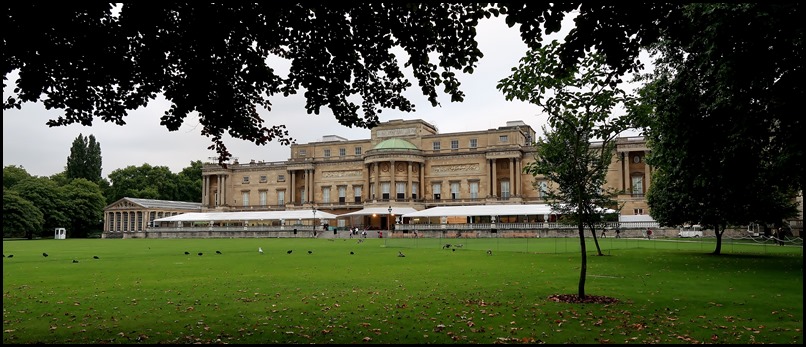 We enjoyed our bimble around the
souvenir shop after our tea, following our amazing tour of the State Rooms of
Buckingham Palace.
 En route to the exit, the first tree
I stop to look at was planted by a man who is currently suffering from bad press
due to much muck-raking and skeletons leaping and bounding out of the
cupboard.........(Fagus sylvatica var. heterophylla ‘Aspleniifolia’ –
cut-leaved beech). This beech tree was planted by
HRH The Prince of Wales on his 21st birthday. It is extremely decorative with
deeply cut leaves and a fern-like appearance. This fine specimen dates back to
1804 and is estimated to reach around 20 metres in height.
 Beautiful lake
setting.
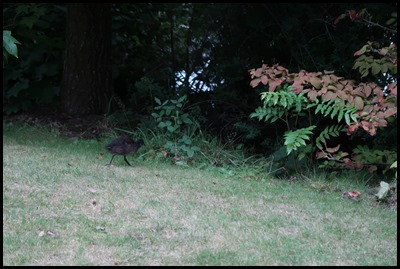 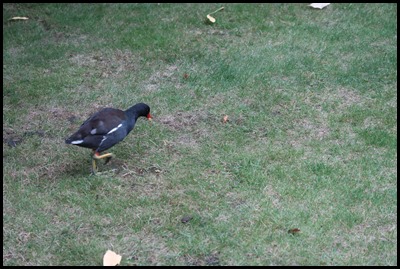 We could be anywhere watching a baby trying to hide and ‘mum
on the prowl’.
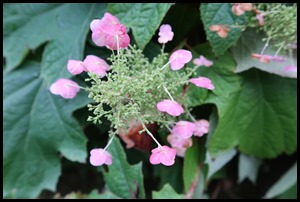 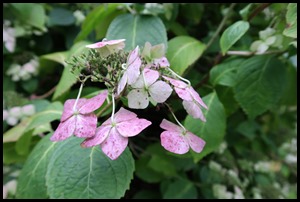 Lovely to see some old favourites.
 The Island
and the Bee Hives: In the middle of the lake there are two islands, the
larger of which houses four bee hives. They have only been here a few years but,
because the garden has a wealth of flowering plants, the bees are well-nourished
so there is enough honey to supply the Palace. The bees are resident all year
round and are looked after by the Royal Beekeeper.
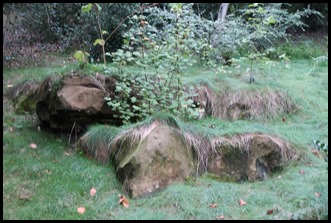 Pulhamite
Rock: The natural looking rocky outcrops visible around the
Mound are man-made and were installed in 1904. The name derives from the Pulham
family who, for three generations, created follies and ferneries in gardens and
estates during the Victorian era. Each rock has a planting pocket permitting a
choice of plants to be grown. Currently, work is taking place in this area to
re-landscape around these rocks.
 The
Lake: This very important water body is home to all manner of fauna.
Three types of fish can be found: roach, gudgeon and perch, with the latter
growing up to 15 centimetres. The lake is used by resident as well as migratory
birds and many can be found nesting around the margins. A heron is a regular
visitor, and in the evenings bats can be seen feeding on the insects.
 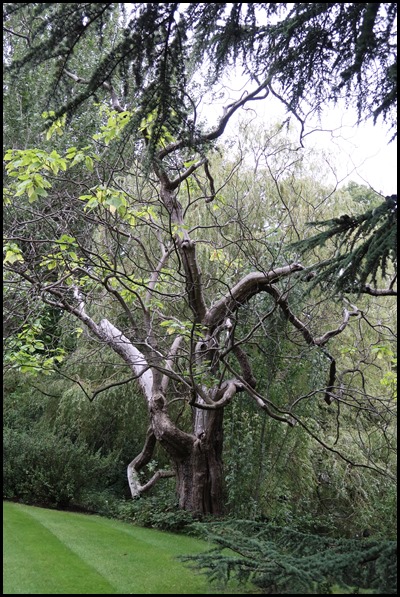 We loved this gnarly tree.
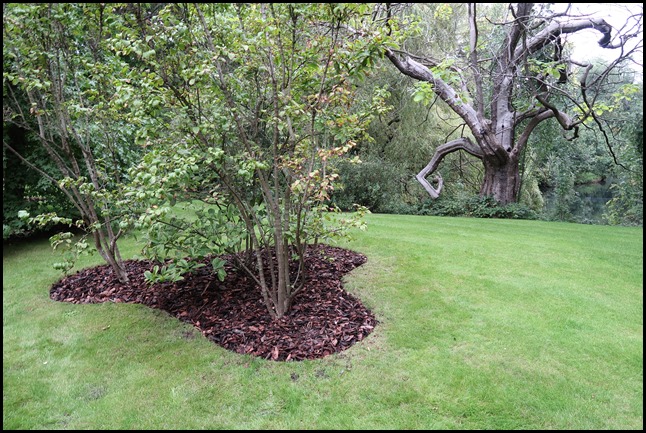 Island
Path: Two bridges lead off the mainland onto the larger of two islands.
Here, the environments and habitats are perfect for wildlife; birds nests,
insects thrive, and fungi come and go. There is a wealth of lakeside marginal
plantings which are perfect nectar sources. This island is minimally managed
throughout the year to allow nature to flourish.
  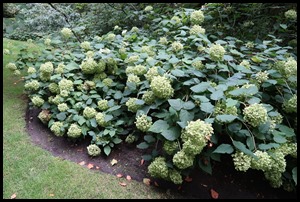 We enjoy the last
of summers colour.
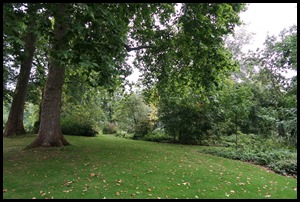 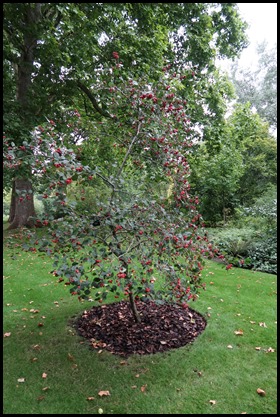  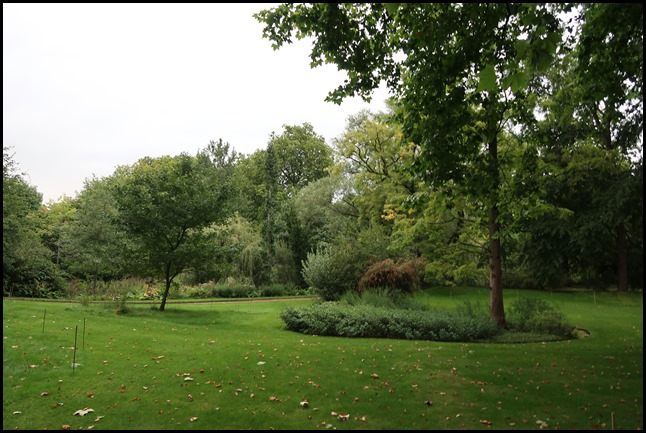 We enjoy this bimble through the garden.
  Long Grass
Policy: The garden contains about two hectares of grass that is left to
go its complete annual lifecycle. Within these long grass areas there is a wide
selection of wild flowers that are allowed to flower and seed naturally. This
allows for established colonies to thrive and for the occasional surprise to
occur such as the recent discovery of the Pyramid Orchid, and the rare to
London, White Helleborine.
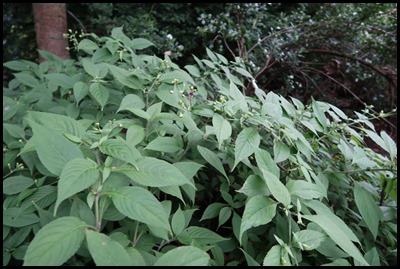  Our last ‘royal’ plants.
 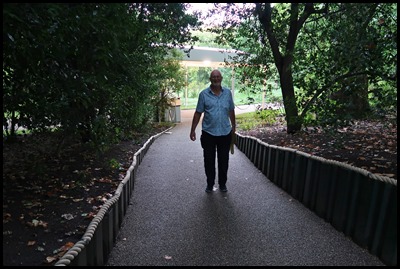 We bid a thank you to the staff and
bimble the final path.................
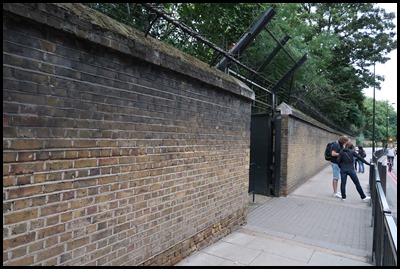 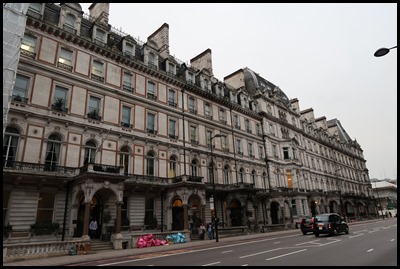 ................ Incredibly, we step
out of a ‘hole in the wall’ to find ourselves on
a busy London street.......
ALL IN ALL SUCH A TINY
PORTION BUT SO VERY SPECIAL
WONDERFULLY
NATURAL |